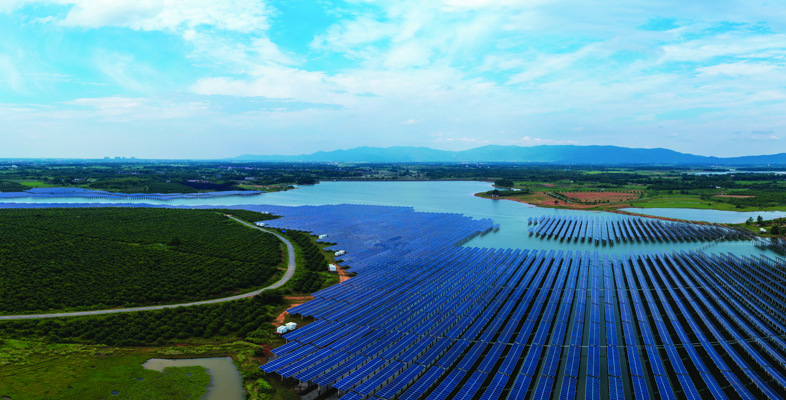1.1 Working with global interconnectedness
Addressing global development issues such as migration or environmental degradation creates difficulties and contradictions. The scope and impact of the problem is global in nature yet the impacts are felt at local community and household levels. In terms of response, it is predominantly at the level of nation states and international institutions that action is taken, such as in creating policies, rules and regulations. Conflicts and tensions can arise between the priorities and drivers at nation state level, and what is needed at a global level. For example, migrants meet the needs of nation-states by providing skilled and unskilled workers to address labour shortages. However, regulating the safe movement of people is extremely difficult and, additionally, public attitudes to the entry of migrants increasingly influence political agendas (OPAM 2018). As a result, migrants can experience harms and injustices. This is captured in this quote by Esteban Velázquez, a Jesuit priest and social activist, speaking of the need for an international tribunal on migration rights.
‘There’ll never be a thorough solution while sovereign states have the last word and there’s no international authority which decides on the violation of migrants’ rights……Sovereign states are a reality conceived in the last century and they’re insufficient for the global reality.’
The Sustainable Development Goals (SDGs) represent a significant step forward in this context in that the goals are meant to apply to all countries, developed and developing, and SDG17 recognises the need for collaborative partnerships at global, international, national and local levels (UN Assembly 2015). Breaking down the whole picture of sustainable development into the 17 SDGs and setting specific targets and indicators for each goal helps in building in-depth knowledge of each part, and in reaching a level of understanding of the processes at play. However, the danger is that nation states will pick and choose what to focus on and lose sight of the bigger picture.
The overall stated aims of the SDGs are to move towards a just, equitable and sustainable world. Critics of the SDGs argue that the goals do not go far enough in this direction as doing so will require transformation of existing social, economic and political systems, and create tensions between the multitude of people, ideas, values and beliefs involved (Esquivel, 2016; Langford 2016; Fukuda-Parr and McNeill 2019). In the next sections, you will read about the four key challenges - conflict, governance, justice and transformation - introduced in this course to provoke critical and creative thinking on the future of development on a global scale. The challenges draw attention to important cross-cutting principles and concerns in relation to development thinking and practice, including human rights, questions of peace and security, and how to achieve transformational change in conditions for the poorest and most vulnerable in societies around the world.
